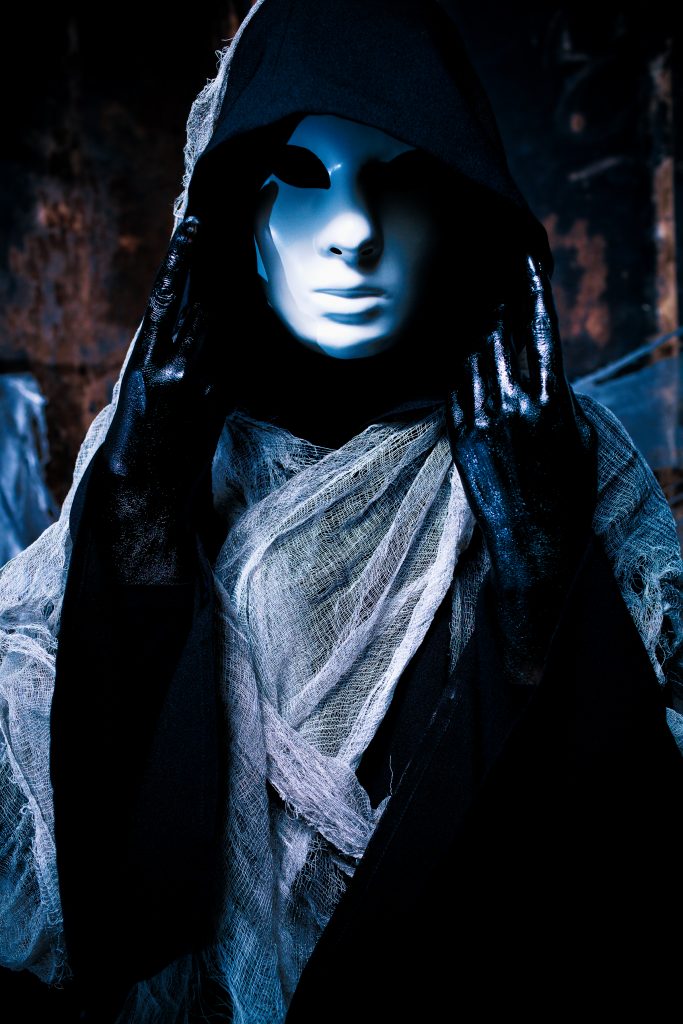
When many think of death, one might think of only that of Valhallah, the place where the valiant warriors, who died during battle would go, but Odin was not the only death god in Norse myth.
Instead, Freyja would take her pick of those warriors first, and Odin would receive the other half. Even more, those who did not die in battle would be taken to the land of the dead, called Helheim and ruled by the Lady of Death, Hel (also called Hela, or Lady Hel).
I appearance she was half living, a beautiful woman, and on the other half either skeletal, blue or black and decomposing.
Helheim or Hel (the place) is not like the Christian hell, a place of punishment, as can be seen by the fact that both the gods Baldur and his wife Nanna, a goddess, end up in Helheim at a feast. They are not tortured, but biding their time.
The records of what we have from Norse myth is information created from Christians after Christianity replaced the religion of the area (sometime substituting and/or replacing certain traditions, and keeping others — think of Christmas — or the Germanic holiday of Yule).
Just as the traditions and literature, legends and myths were influenced by the new religion, much of what we have is not from first generation believers in the Norse gods, but documents written by those who were living in a Christian society. As such, the influence on certain poems cannot be overlooked.
It is believed that Lady Hel was also very much supported as a diety, as even places still exist that contact the prefix of her name. Think of Helsinki, for example.
The Norse belief of the afterlife, specifically in Hel or Helheim, differed much with what we might now know in our western society and thought. But that of eternal torture was not part of their belief system.
When writing my books with the Norse gods, I enjoy researching and looking at the original texts and reading that from scholars to create these dynamic tales that I can influence with the essence of the gods.
